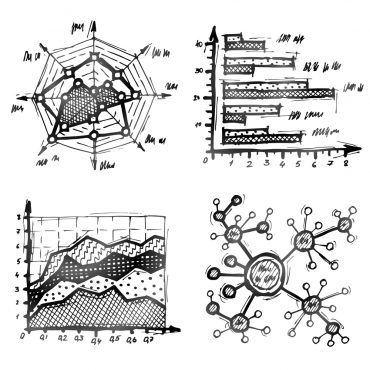
A Frost & Sullivan report shows integrated software applications that plan, schedule, track, direct, and implement operations are gaining in popularity in manufacturing.
Our FRESH DATA posts highlight the latest independent research.
Integrated software applications that plan, schedule, track, direct, and implement operations are gaining in popularity in the manufacturing sector, according to a new report by Frost & Sullivan.
The adoption of cloud computing and data analytics in distinct industry applications around the world is responsible for this IoT-enabled manufacturing execution systems (MES) growth, the report said. This will help manufacturers overcome the challenges of legacy systems, uncertain demand, and complex supply chains.
See also: How “machines-as-a-service” will deliver manufacturing power in real-time
“The smart, disruptive software technologies, such as Industrial IoT (IIoT), new analytical tools, and shifting market dynamics will drive the implementation of MES across industry verticals in the coming years,” said Krishna Raman, Industry Manager for Industrial Automation and Process Control at Frost & Sullivan. “The challenges of tight government regulations and cybersecurity, along with greenfield projects in developing countries, create ample opportunities for growth.”
The report, called “Global Manufacturing Execution Systems for Discrete Industry, Forecast to 2022”, highlights key adoption drivers and restraints, as well as emerging growth opportunities and trends.
The key trends driving growth within the global MES market include:
- More IIoT-enabled MES solutions adopted by small and medium-scale manufacturers due to the low-investment requirement and ease of installation.
- Growth in manufacturing in emerging economies, such as those in the APAC region, are expected to partially offset the decline in manufacturing from major economies, such as Europe and the United States.
- Heightened focus on operational efficiency, reducing time-to-market and OPEX, has shifted the value proposition from hardware to software solutions.
“To take advantage of this growth, automation vendors should leverage their installed base of information to identify pain points in manufacturing and build enhanced capabilities for better productivity,” said Raman. “In addition, vendors should expand bases in emerging hotspots via establishing a strong partnership network in these regions to increase market penetration.”
“The advent of IIoT in manufacturing is bringing disruptions across various industries, with MES soon to be known as Smart MES (S-MES) with all the expected automated functionalities,” he added.





























